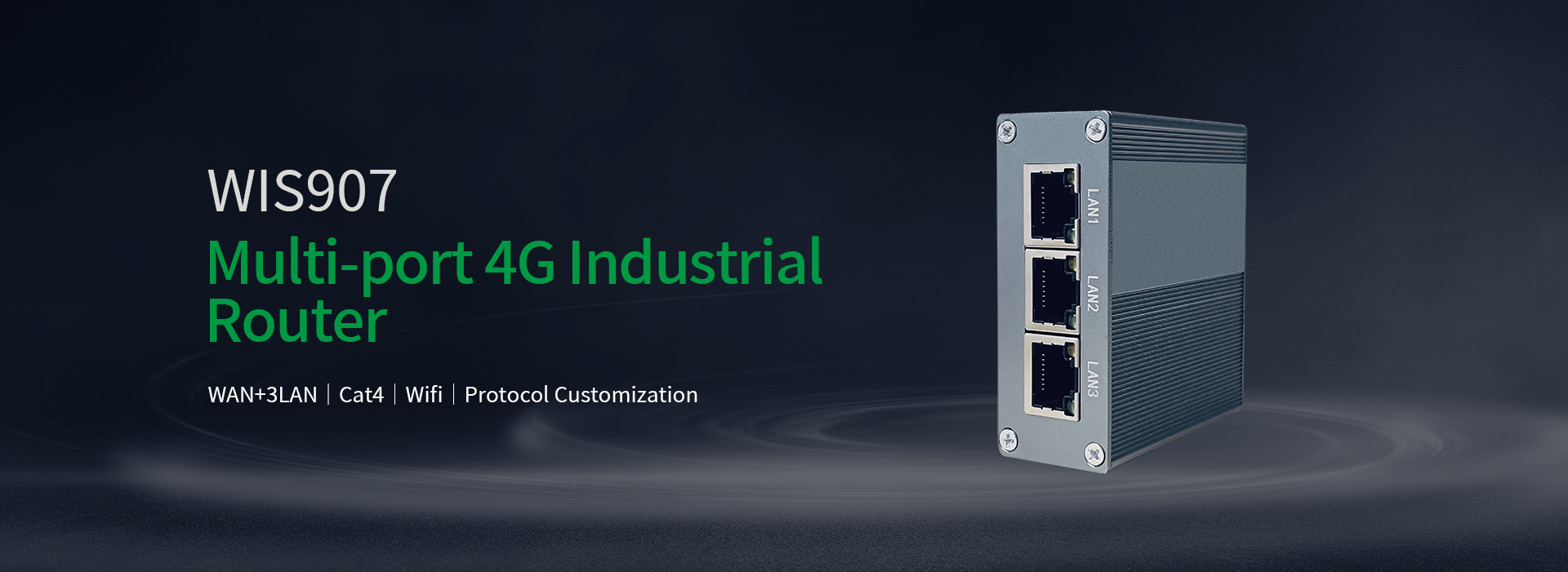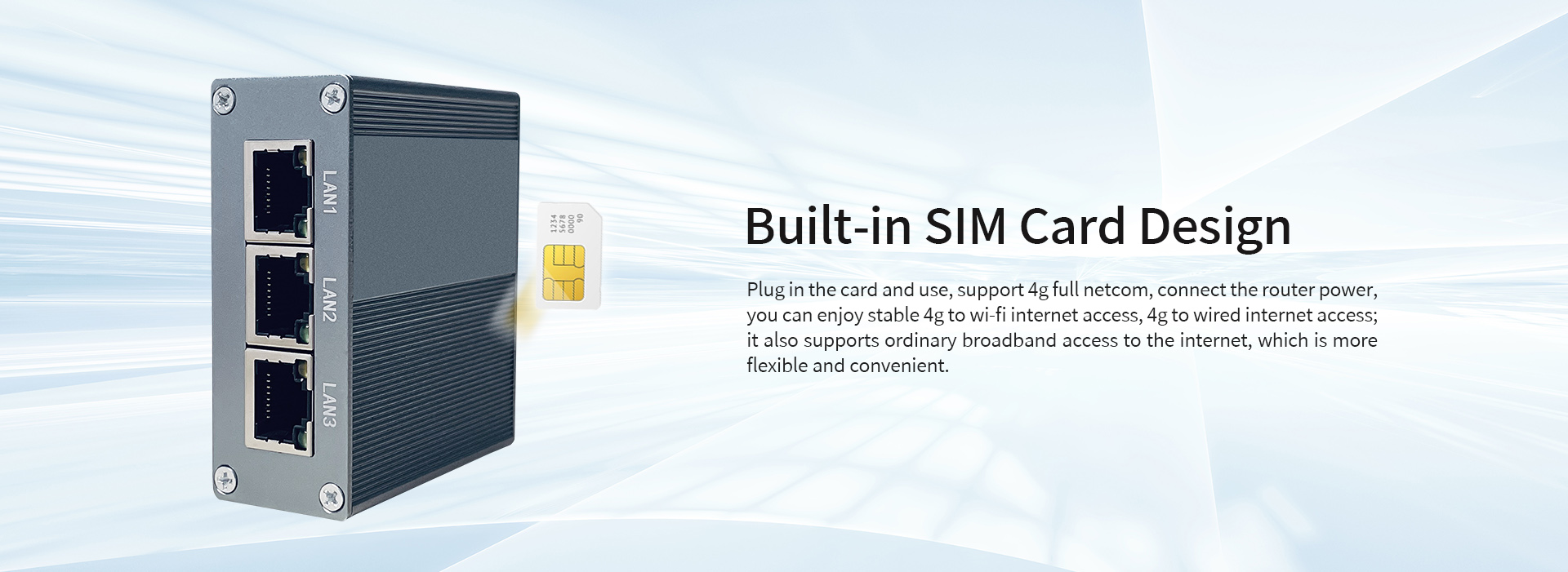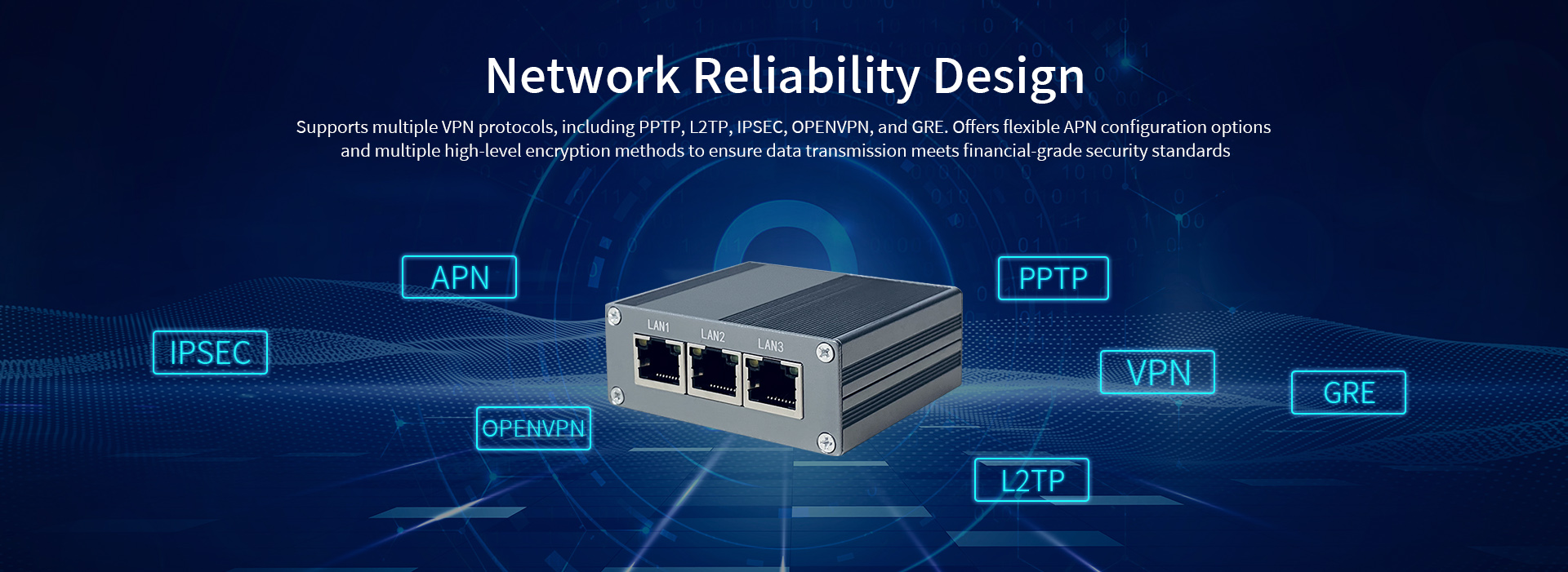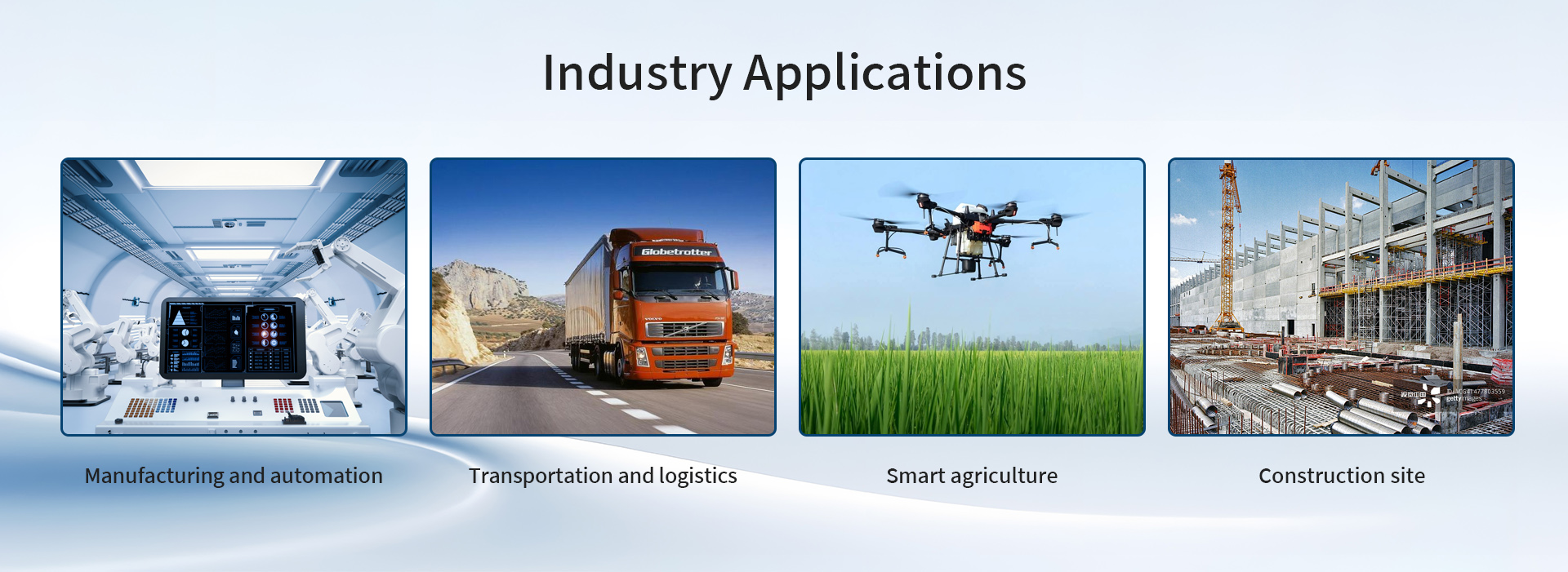
4G Industrial Router-Functional Features








Products
Universal 4G Industrial Gateway
Dedicated 4G Industrial Gateway
Waterproof 4G Industrial Gateway
OCPP Protocol 4G Gateway
State Grid Protocol 4G Gateway
Applications
Smart factory Application
Smart city Application
Self-service terminal Application
Intelligent monitoring Application
Charging pile outlet Application
Contact Us
Facebook: Mia Gong
E-mail: service@wisewish.cn
Address: Room 403, Building B, Liuwei Business Center, Bantian Street, Longgang District, Shenzhen
